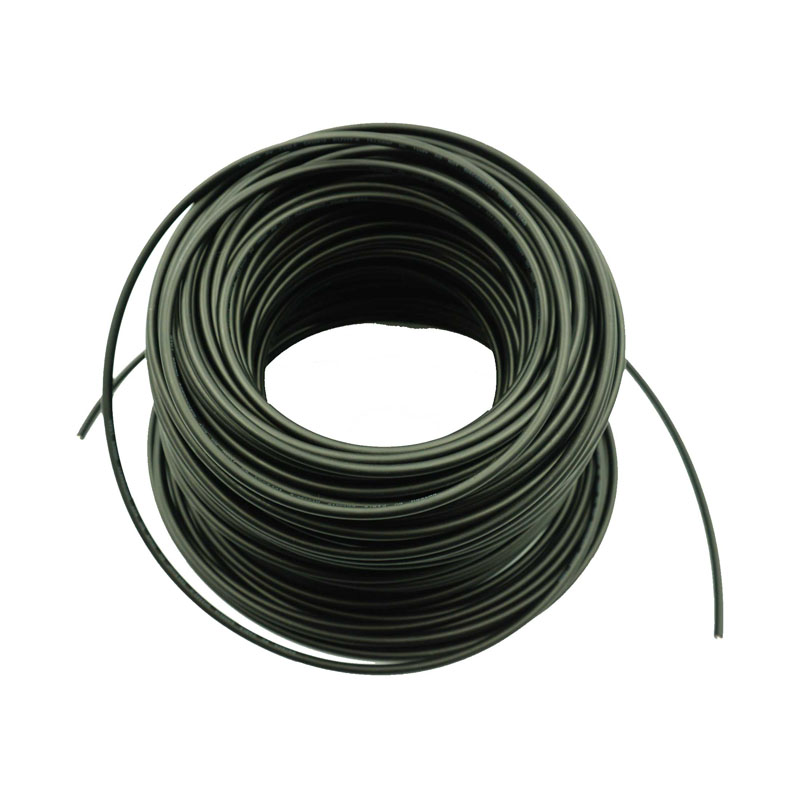The Importance of Solar Cable in Every Solar Power System
2025-04-18
As the demand for clean energy continues to rise, more homeowners, businesses, and governments are turning to solar power to meet their energy needs. While solar panels often get the spotlight, one component that quietly plays a crucial role behind the scenes is the solar cable. Without it, the energy generated by solar panels would never reach the inverter or power grid. In this blog, we’ll explore what solar cables are, why they matter, and what makes them different from regular electrical cables.
What Is a Solar Cable?
A solar cable is a type of electrical cable specifically designed to connect different components of a solar power system. It carries the direct current (DC) electricity produced by solar panels to the inverter, where it is converted to alternating current (AC) for use in homes or for export to the grid. These cables are also used to connect inverters, charge controllers, and batteries, depending on the setup.
Built to Handle Harsh Conditions
Unlike standard cables, solar cables are designed to perform reliably in extreme outdoor environments. They are UV-resistant, waterproof, and capable of withstanding high temperatures and strong winds. Many solar cables also come with double insulation to protect against electrical shocks and mechanical damage.
Since solar systems are usually installed on rooftops or in open fields, exposure to sunlight and weather is inevitable. The special outer coating of solar cables ensures long-term durability and safety under these harsh conditions.
Flexible and Easy to Install
Solar cables are usually made of stranded copper conductors, which makes them flexible and easy to handle. This flexibility is important during installation, especially when routing cables around corners or through tight spaces. Installers can cut and route solar cables quickly, reducing labor time and cost.
High Efficiency and Low Energy Loss
Another advantage of solar cables is their ability to conduct electricity efficiently with minimal power loss. High-quality cables are designed with low resistance, ensuring that the maximum amount of energy generated by the solar panels reaches the inverter. This improves the overall performance of the solar system.
Types of Solar Cables
The most common type of solar cable used today is the PV1-F cable, which meets international safety and performance standards. There are also different cable sizes depending on the voltage and current requirements of the system. Choosing the right size and type is essential for both performance and safety.
Applications Beyond Rooftops
While most people associate solar cables with rooftop solar systems, they are also used in ground-mounted solar farms, off-grid solar kits, portable solar panels, and even solar-powered boats and vehicles. Anywhere solar electricity is generated, you will find solar cables at work.
Conclusion
Solar cables may not be the most visible part of a solar energy system, but they are certainly among the most important. Designed for durability, flexibility, and efficiency, they ensure that the power generated from sunlight is safely and reliably delivered where it’s needed. Whether you’re planning a small home installation or a large-scale solar farm, investing in quality solar cables is key to long-term performance and safety.



